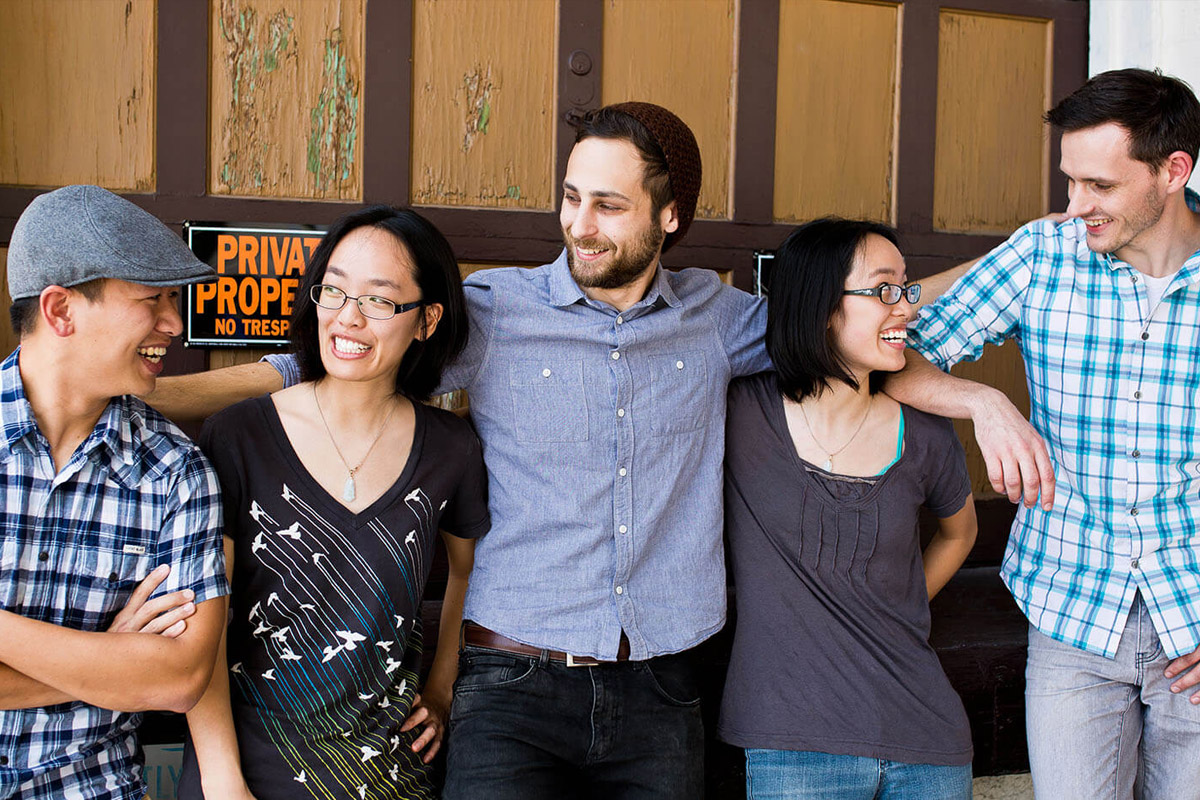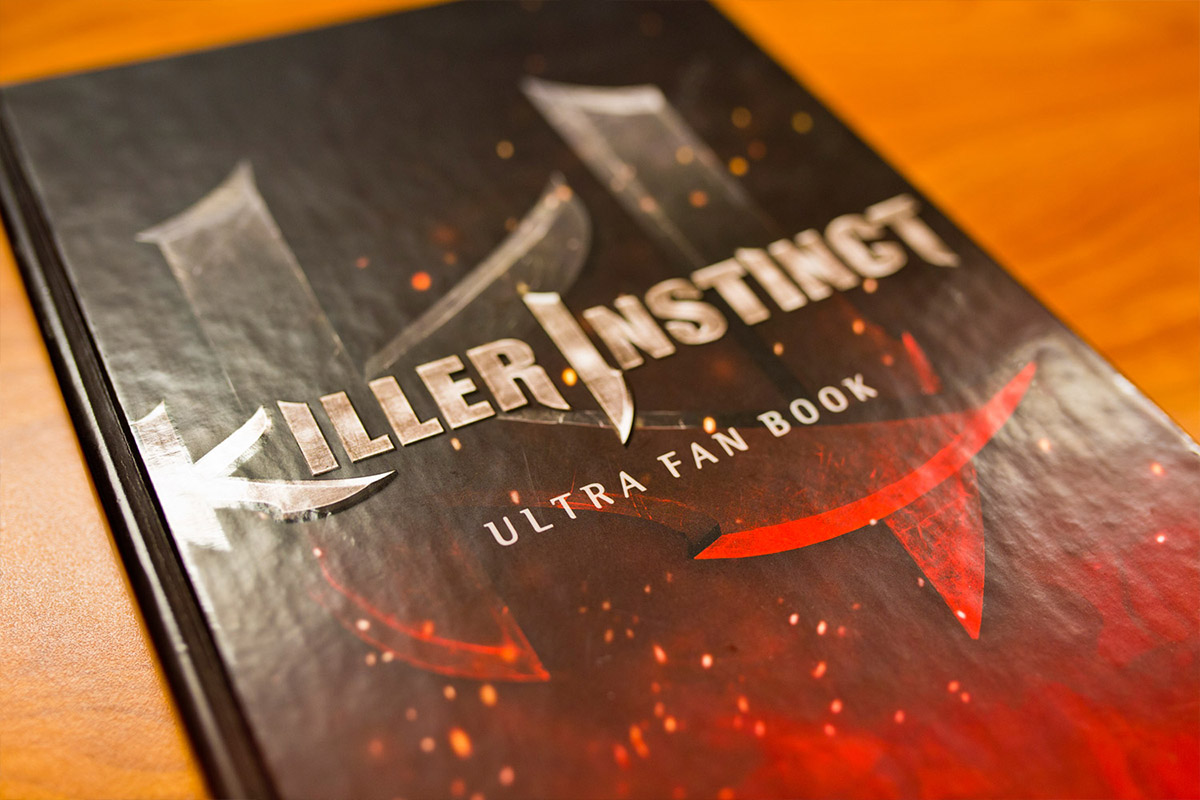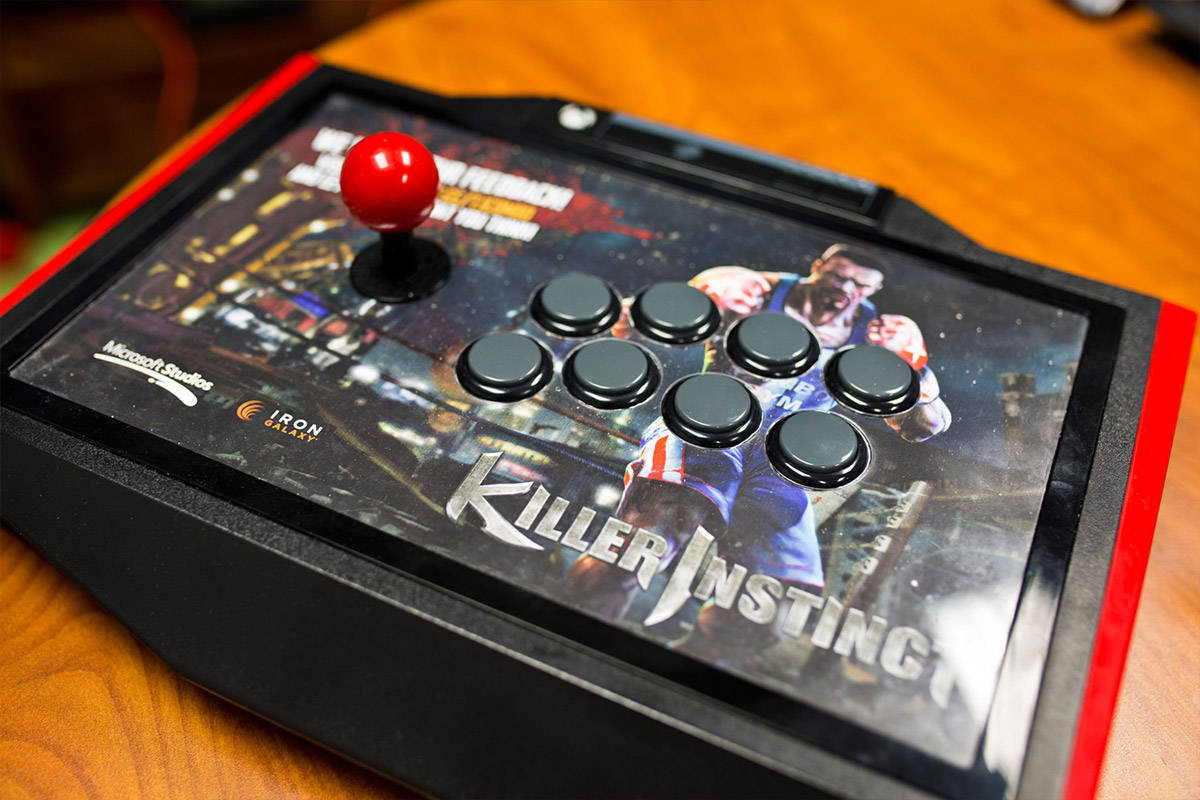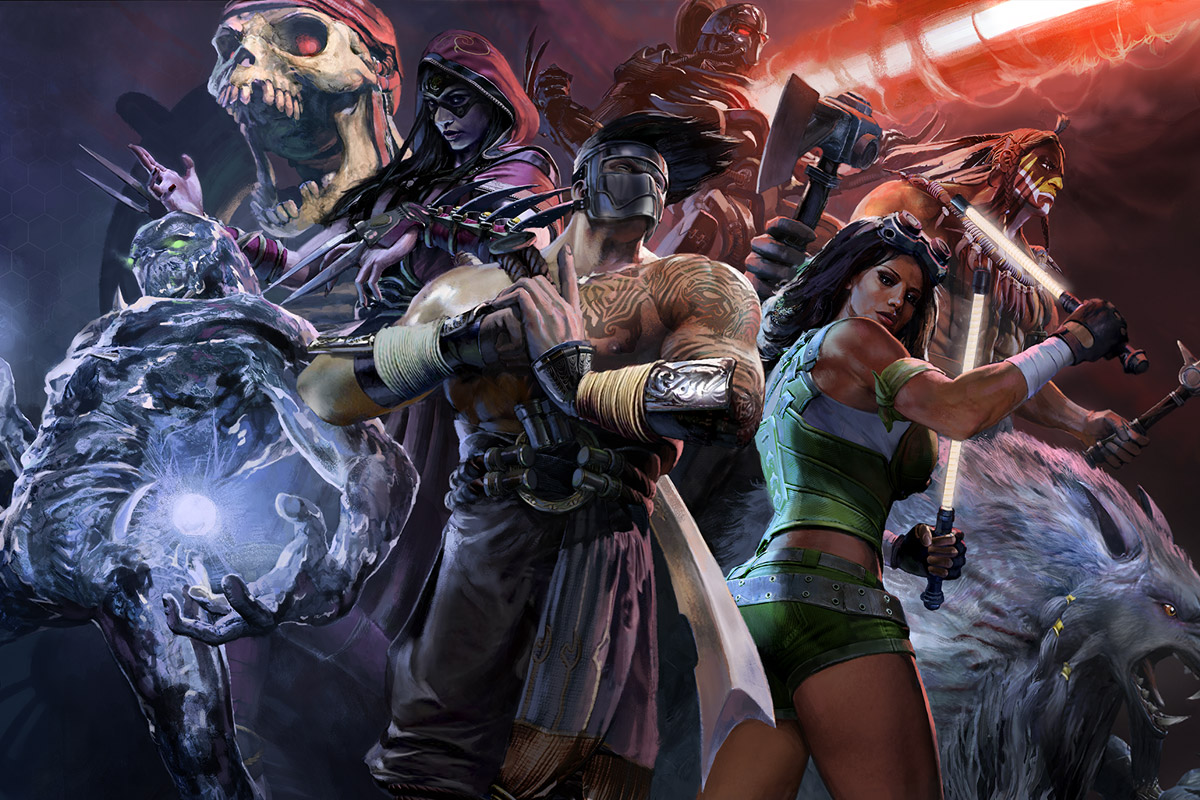Killer Experience
May 19, 2015

“The end result is very visual, but there are a lot of technical details in the creation.”
— Rogier van Etten, Iron Galaxy Studios
Each work day, FIEA alum Nick Pham synchs up the latest build on the test machine to check progress on characters under development.
“From there, my day diverges to sitting in meetings, talking with developers and leads to see how progress is tracking and trying to head off potential problems,” says Nick. “My day ends with stand-ups.”
Throughout the course of the day, Nick will be coordinating the work of a number of FIEAns across multiple disciplines. His workplace isn’t UCF’s graduate gaming school, however, but Iron Galaxy Orlando. And the game is “Killer Instinct.”
“Killer Instinct” was initially developed by Irvine-based Double Helix Games for the Xbox One, but when that studio was acquired by Amazon, Microsoft began shifting production over to Chicago’s Iron Galaxy Studios, which had previously handled ports of “Street Fighter III” and developed the satirical, cult fighting game “Divekick.” Production on the game is now being handled at both Iron Galaxy’s headquarters in Chicago and its satellite studio in downtown Orlando, a 10-minute walk from the FIEA campus.
Not-so-coincidentally, many FIEA alumni have signed on with Iron Galaxy and 18 are now involved in the ongoing evolution of “Killer Instinct.”
Working The Dream
A group of young professionals who are former alumni’s of FIEA working at Iron Galaxy Studios Orlando
Many FIEA alums help create the action fighting game “Killer Instinct.”
A lifelong fighting game fan, Nick describes his job of associate producer as “a dream come true.” He currently oversees characters and features.
“I’ve always loved fighting games, even if I was never that great at them,” says Nick. “Although it’s a lot more work than I could have imagined between all the disciplines, I do help contribute ideas for design and give my opinions on how animations look, but that’s mostly in the realm of giving feedback. Sometimes I’ll help demonstrate moves for animators so they have some reference.”

As a producer, a large part of Nick’s job is removing obstacles standing in the way of his teammates and reallocating resources as necessary to keep the team on schedule. Fighting games represent one of the more challenging genres. They live and die by their attention to minute details that have a direct effect on gameplay, which makes solid communication between team members critical.
“It’s a little chaotic at times,” says Nick. “We’ve always got more than one character in development at any one time in varying stages along the development pipeline.”
When Microsoft resurrected its venerable combo-fueled fighting game, it surprised many by adopting a free-to-play monetization model. One character would be available for free on a rotating basis at any given time, with additional characters available for purchase individually or in packs. By breaking the content down into seasons, the game promised the steady release of additional characters.
Two-pose Focus
Producing some of the models and animation for the characters in question are artists Tammy Dao and her twin sister Tiffany, both graduates of FIEA’s 8th class.
Tammy has the challenging task of animating the game’s eclectic mix of characters. Animation is tied closely to gameplay in fighting games, with players relying on telegraphing frames.
“We focus on two poses the most,” explains Tammy. “The ‘anticipation’ frame and the ‘active’ frame and make sure they’re the most visible during a move.”
Typically, Tammy will send the designers a few keyframes that they can use to time out the move, attach hit boxes and send it back to her for polishing.
While the more human characters are given life with motion capture data, many of the inhuman characters like Riptor require that animations be designed by hand.
Tammy is aided in her task by her sister Tiffany who, while primarily a character modeler, also contributes to character animations.

“I’ve worked on TJ Combo, Kanra, Aganos and Hisako,” explains Tiffany. “Usually two artists will work on a character at a time; one on the main body, the other on the accessories. So my duties on each one varied.”
Tiffany notes that Microsoft affords the modelers a fair amount of creative freedom in terms of accessories and details. She and the other artists will send periodic updates to the publisher, who will then give feedback on the direction.
Fireballs, Lasers & Explosions
Providing visual flair to the Dao sisters’ work is Rogier van Etten, a 2007 graduate who started on the art track but transitioned to programming. As a technical artist, he scripts the particle effects of “Killer Instinct.”
“All the fireballs, lasers and explosions,” Rogier summarizes his main responsibilities. “The end result is very visual, but there are a lot of technical details in the creation. At the same time, it’s not a pure programming role. It’s a bit of both [art and programming].”
Rogier had previously worked on Iron Galaxy titles “Ms. Splosion Man” and “Divekick.” He developed a particle system for “Divekick” that he was able to evolve for use on “Killer Instinct” rather than starting from scratch.
Setting the Stage
Meanwhile, character and environment artist Steve Kosanovich helps create the vibrant sets that serve as stages for the frenetic action. His job includes translating two-dimensional concept sketches into three-dimensional models.

“Overall, the shape and design doesn’t change, but once you get it in the 3D space, you get a sense of what works and what doesn’t work,” says Steve. “We often have to extrapolate a bit based on that piece, which gives us a little more creative freedom. With the characters, you have to stay more true to certain things.”
Making the Moves
Over 1,000 miles away in Chicago, Nick’s fellow classmate, engineer Joe Palmer, is making his own contributions to the “Killer Instinct” roster. Joe is one of two programmers specifically working on gameplay. Typically, he’ll be implementing moves for a new character while the design team polishes the character currently slated for release.
Joe hasn’t been back to Orlando since graduation, but says daily Skype stand-up meetings and source control make coordinating with the Florida team painless and easy.
Luckily, transitioning to Iron Galaxy didn’t require a Combo Breaker. All six describe the “Killer Instinct” development experience as similar to the training they received at FIEA, particularly when it comes to communicating across disciplines. That will be tested again soon as the whole team prepares for the release of a new challenger.